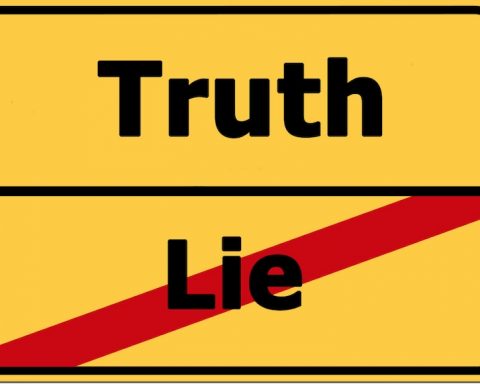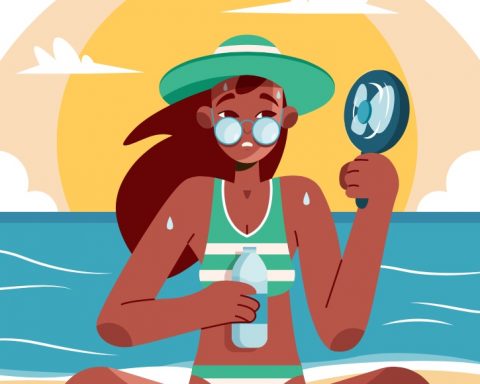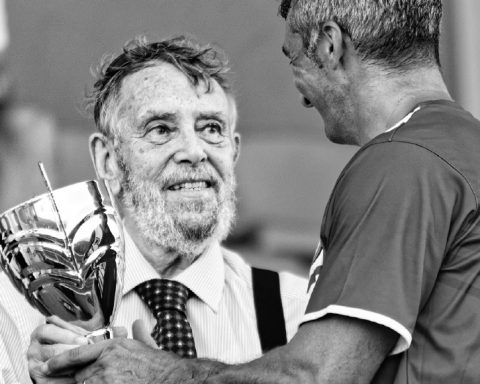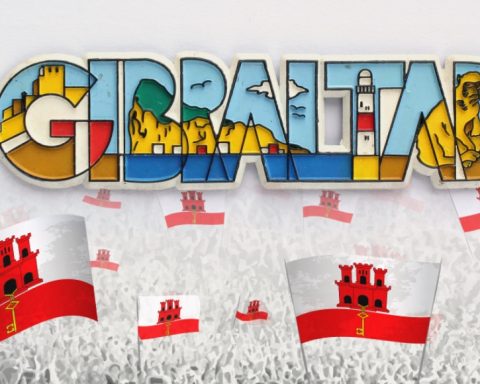The capital of Germany, Berlin, is an exciting city to explore. This was our first trip and we managed to cram in most of the highlights in three days. There is so much to see and do that it is best to plan your trip first to ensure that you manage to get around all the sights, but it is also worth knowing some of the hints and tips that will make your visit more pleasurable.
Tip 1 – If you are travelling to Berlin before the end of 31st August 2022, it’s a good idea to buy Germany’s new budget €9 travel pass available for purchase on the Deutsche Bahn (DB) website or from vending machines. The tickets are valid between 1st June and 31st August 2022 and each ticket entitles you to use the public transport network for one calendar month and even if you are only in Berlin for a few days, this will prove to be excellent value for money.
On our first morning we hopped on the S7 train at Berlin Central Station (Berlin Hbf – Hauptbahnhof) to go to beautiful Potsdam, about a half hour ride away. Potsdam plays a crucial part in the history of Germany as it was the place where Soviet leader Joseph Stalin, British Prime Minister Winston Churchill and U.S. President Harry Truman met in1945, to negotiate terms for the end of World War II. Once the residence of Prussian royalty and a military stronghold under King Frederick the Great, the city is home to 14 castles and three historic parks and the entire area is a UNESCO World Heritage Site. Once we arrived at the station we took a bus to Schloss Sanssouci (Sanssouci Palace). Completed in 1747, this was King Frederick’s summer palace, the place that he went to relax, ‘Sans Soucci’ meaning ‘no worries’ in French.
Tip 2 – Be aware that entry to the Palace is limited to specific time slots and it is advisable to purchase your ticket online before you head off. The Baroque Palace itself is relatively small but if you don’t manage to get into the building, the impressive terraced formal gardens are worth viewing. What was a surprise though was the incredible Picture Gallery located in Sanssouci Park for which we paid a separate entrance fee on arrival. We stumbled across this by chance and it certainly has the ‘wow’ factor’, with the small building earning its reputation as one of the most majestic 18th century buildings in Europe and housing paintings by some of the great masters, including Peter Paul Rubens, Caravaggio and Anthony van Dyck.
Back to Berlin city and apart from the ‘must-do’ sights such as Checkpoint Charlie (little more than a signpost), the site of the Führerbunker (Hitler’s last bunker) now marked by an information board in a parking lot and the nearby haunting Holocaust Memorial, a place of remembrance featuring 2,711 grey concrete blocks commemorating the murdered Jews of Europe, one of the most informative places we visited was the privately owned Berlin Story Bunker Museum. The 6,500-square-metre WWII bunker near Anhalter Station chillingly details the entire history of the rise and fall of the Third Reich and features a recreation of the room in which Hitler committed suicide on April 30th 1945.
Tip 3 – Definitely take the audio guide which is included in the entry fee and allow at least three hours to tour the building – a must for history buffs but prepare for an emotional and harrowing journey and some brutal images.
As we walked to the Brandenburg Gate, one of the most important monuments in Germany, there are still places where you can see remnants of the Berlin Wall. We then headed to where the best panoramic views of Berlin can be found from the Norman Foster designed glass Reichstag Dome. The Reichstag was built between 1884 and 1894 and was the seat of parliament in the German Empire and the Weimar Republic. During the Second World War the building was heavily damaged. After the reunification of Germany in 1990, a drastic reconstruction of the building took place between 1994 and 1999 and it was redesigned as a modern Parliament building which is the home of the German Bundestag.
Tip 4 – Admission is free, but don’t take a chance and just turn up because pre-booked tickets are a must and to make sure you get in on the day you want to go it is best to book online at least one week before. Security is very strict and visitors are only allowed in small groups. Something to be aware of is that the Dome is not air-conditioned and it can get very hot and stuffy as you wander up and down the spiral walkways.
If you fancy a bit of art and culture, you have a choice of not just one but five world class museums situated on the UNESCO World Heritage Site Museum Island in the middle of the Spree river: the Altes Museum (Greek, Etruscan, and Roman antiquities); the Neues Museum (home to a 3,300-year-old bust of Egyptian queen Nefertiti); the Alte Nationalgalerie (artwork from the neoclassical through the early modernist periods, including 19th-century French masters, like Monet, Manet and Renoir); the Bode Museum (housing Europe’s greatest collections of sculpture from the Gothic to neoclassical periods) and the popular and largest of them all – the Pergamon Museum (focusing on the ancient world).
Tip 5 – Even if you don’t go inside any of the museums, the architecture of each building built under the Prussian rulers is spectacular and worth seeing. If you have time to visit several museums, opt for the Museum Island Pass which gives you entry to a range of different museums across Berlin at an affordable price.
There is an abundance of things to do and attractions to see in Berlin, and a city sightseeing River Cruise is a great way to get your bearings of where things are situated and to see some of the city’s iconic landmarks from the water.
Food is always an important part of any trip and there are plenty of restaurants offering a taste of German cuisine such as schnitzel and Wiener schnitzel. Weiner is the German word for Vienna and is made with veal, whereas the German schnitzel is usually made with pork. Currywurst, an acquired taste and best eaten with a glass of German beer to help it down, is the most popular street food in Berlin. The dish was invented in 1949 by a fast food stand owner, who added Worcestershire and curry powder, obtained from British Soldiers after WWII, to ketchup.
Berlin is a buzzing metropolis and vibrant city that combines its historic heritage with a reputation as a centre for politics, culture, creative arts, media, and science and it is well worth a visit.









